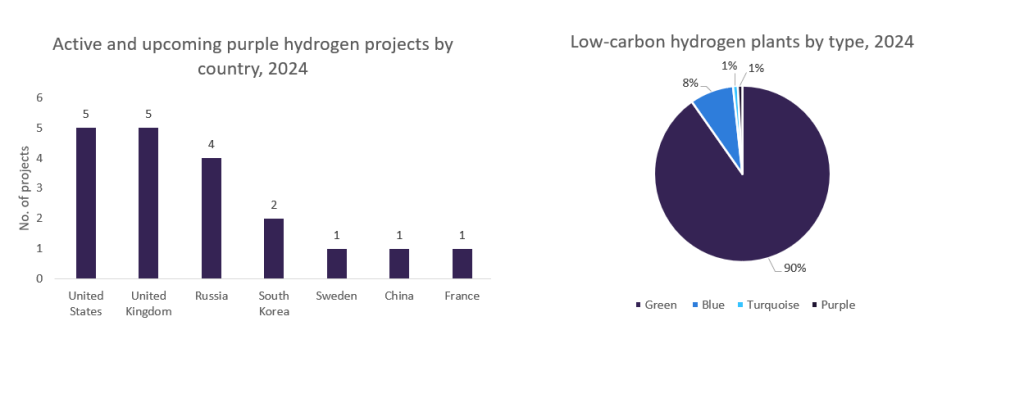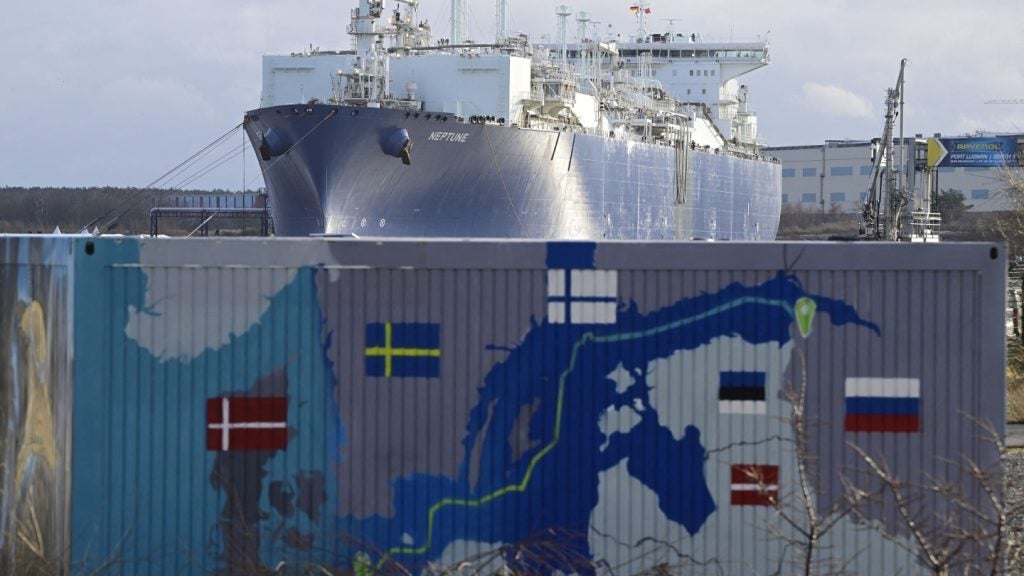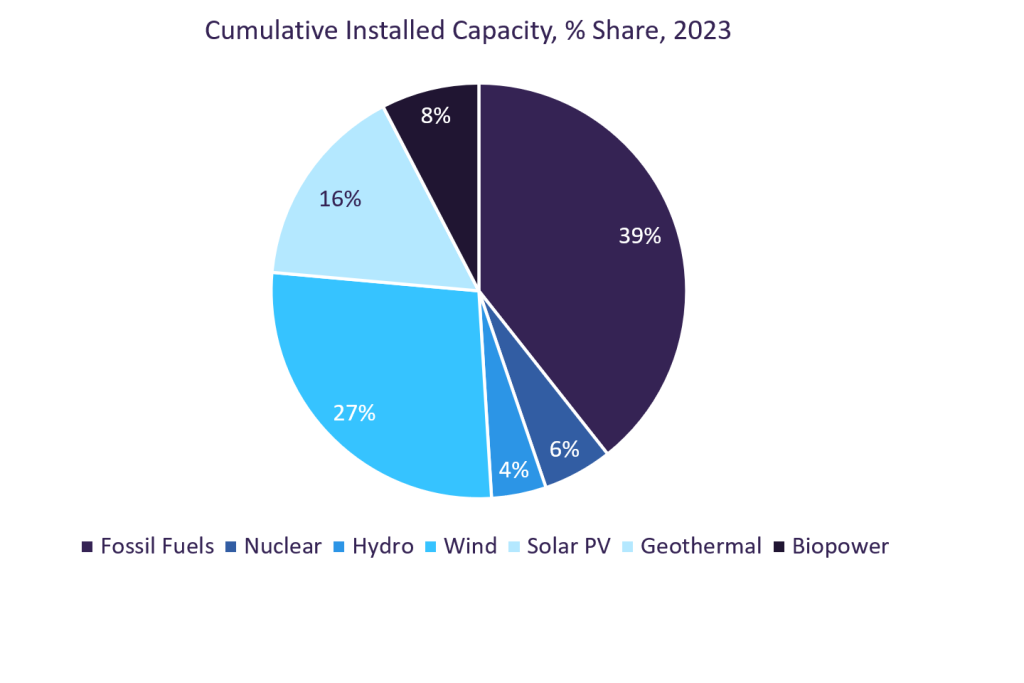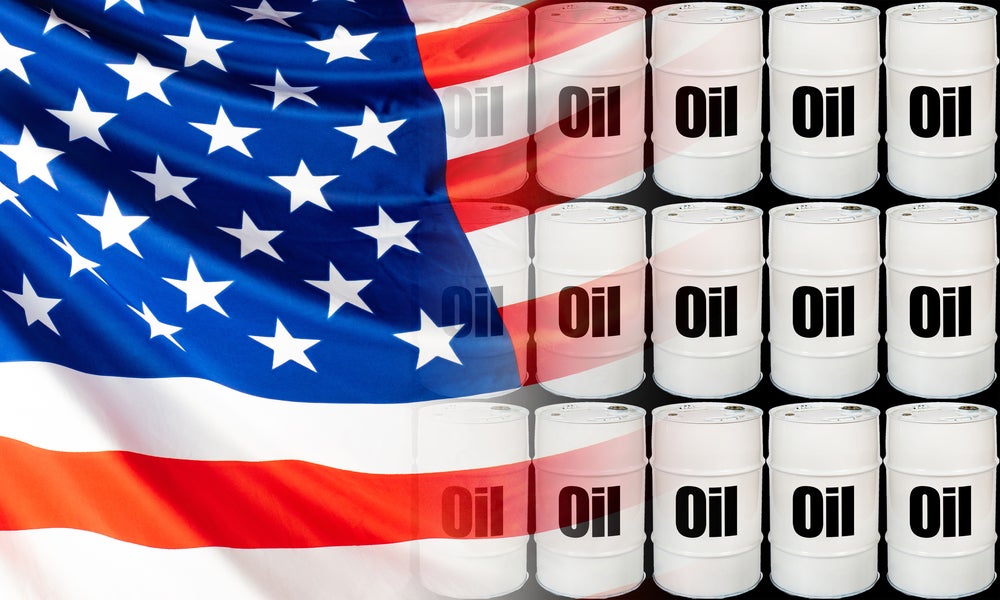Purple hydrogen, also known as pink hydrogen, is a type of low-carbon hydrogen generated through water electrolysis powered by nuclear energy. While purple hydrogen could be key to helping reach net-zero emissions, its adoption is minimal compared to other technologies. According to GlobalData’s low-carbon hydrogen database, there are approximately 2,296 hydrogen plants. Green hydrogen accounts for 90%, blue hydrogen amounts to 8% while third and fourth place are turquoise and purple, both only amounting to 1%, with 20 and 19 plants, respectively.
How does purple hydrogen compare to its green sibling?
Although purple hydrogen requires significant upfront investment due to the high costs of building a nuclear reactor, once set up, the technology offers several advantages. For example, purple hydrogen represents a stable source of energy that can be mobilised on demand, with no intermittency issues dictated by site or weather conditions, unlike green hydrogen.
Most purple hydrogen projects are located in the US and the UK. China only has one purple hydrogen project, but it ranks first place for announced capacity. China’s National Nuclear Corp Hydrogen Project is due to start in 2025, with an announced maximum capacity of 39.37 kilotonnes per annum (ktpa). However, most purple hydrogen projects will only average a capacity of 0.6ktpa. This compares to an average capacity of 82.3ktpa for green hydrogen projects.
According to the UK Hydrogen and Fuel Association, a 1GW reactor could support 150ktpa of hydrogen production. Additionally, a 3GW nuclear plant could produce enough purple hydrogen to heat up to one million homes, or power 40,000 hydrogen buses. In 2020, the UK made £385m available for next-generation nuclear technologies via the Advanced Nuclear Fund, including £215m for SMRs. The UK currently has four upcoming purple hydrogen projects, with three starting operations as early as 2025.
Meanwhile, the Swedish company OKG signed the first deal to sell purple hydrogen to the industrial gas company, Linde Gas, in 2022. OKG currently produces 12kg of purple hydrogen daily and will sell its excess to Linde. Although the initial volumes may be small, OKG is optimistic about its ability to scale.
Will safety concerns keep hindering purple hydrogen’s growth?
However, purple hydrogen’s growth is still hindered by safety concerns. For this reason, governments and private companies still struggle to gain public support and attract investors. Nevertheless, there have been significant technological advancements towards achieving safe reactors that can withstand extreme temperatures, natural disasters, shocks, and wars, as well as being self-regulated. For this reason, nuclear plants, and purple hydrogen specifically, are set to gain traction. As governments hasten their energy transition and diversify their energy mixes, purple hydrogen will be able to provide an efficient, reliable, and cost-effective alternative to both fossil fuels and other types of hydrogen production.














